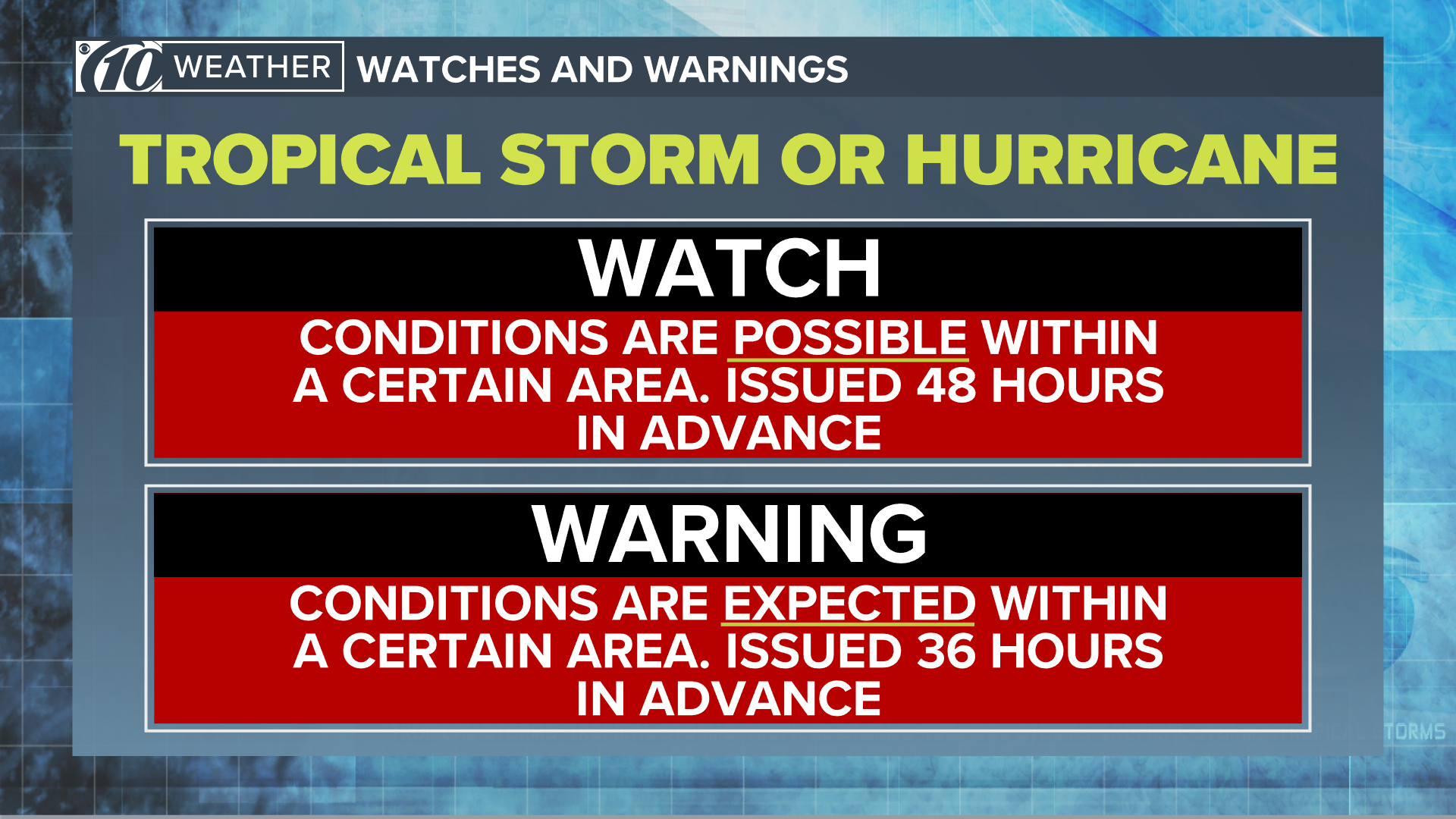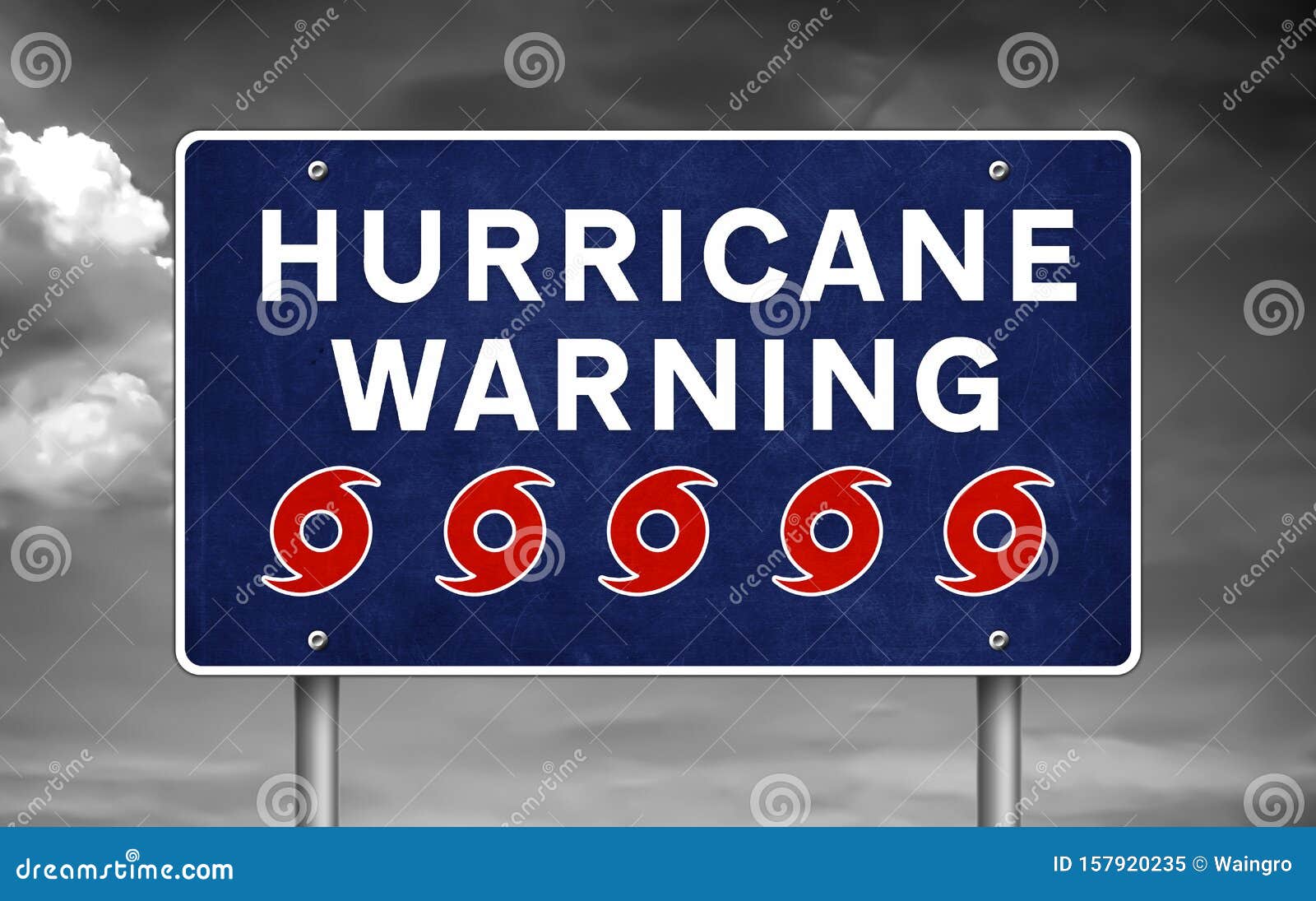Hurricane Warning Basics

Hurricane warning – Hurricanes are among the most powerful and destructive forces of nature, bringing high winds, torrential rain, and storm surges that can cause widespread damage and loss of life.
Hurricane warnings are important to heed, but they can also be a bit boring. If you’re looking for something more exciting to do while you’re waiting for the storm to pass, why not check out the Shakur Stevenson fight ?
It’s sure to be a thrilling match, and it’s a great way to pass the time until the hurricane warning is lifted.
Hurricane warnings are issued by the National Hurricane Center (NHC) to alert the public of an impending hurricane and its potential impacts. These warnings are classified into different levels based on the severity of the storm and the likelihood of it making landfall.
Hurricane warnings are a serious matter, and it’s important to be prepared in case one is issued for your area. One way to do this is to stay informed about the latest weather conditions. You can do this by listening to the radio, watching the news, or checking the National Weather Service website.
Another way to prepare is to gather supplies such as food, water, and a first-aid kit. You should also make sure you have a plan for where you will go if you need to evacuate. If you live in an area that is prone to hurricanes, it’s also a good idea to get involved with your local community preparedness efforts.
By working together, we can all help to keep our communities safe during hurricane season. Shane Mosley is a retired professional boxer who held world titles in three weight classes. He is widely considered to be one of the greatest boxers of all time.
Mosley was known for his speed, power, and agility. He was also a very intelligent fighter, and he was able to adapt his style to different opponents. Mosley retired from boxing in 2016 with a record of 49-10-1. He was inducted into the International Boxing Hall of Fame in 2020.
Hurricane Warning Levels
- Hurricane Watch: Issued when hurricane conditions are possible within the next 48 hours. Residents in the affected area should monitor the storm’s progress and be prepared to take action if necessary.
- Hurricane Warning: Issued when hurricane conditions are expected within the next 36 hours. Residents in the affected area should take immediate action to protect themselves and their property.
- Tropical Storm Warning: Issued when tropical storm conditions are expected within the next 36 hours. Residents in the affected area should prepare for high winds, heavy rain, and potential flooding.
Importance of Heeding Hurricane Warnings
Heeding hurricane warnings is crucial for safety and minimizing the risk of damage. When a hurricane warning is issued, residents should follow these steps:
- Monitor the storm’s progress through official sources such as the NHC website or local news.
- Gather essential supplies, including food, water, batteries, and a first-aid kit.
- Secure loose objects outside, such as lawn furniture and trash cans.
- Identify a safe place to shelter in case of evacuation.
- Evacuate if ordered to do so by local authorities.
Ignoring hurricane warnings can have devastating consequences, as hurricanes can cause significant damage and loss of life. By taking appropriate action when a hurricane warning is issued, individuals can help protect themselves and their communities from the impacts of these powerful storms.
Hurricane Warning Preparedness

In the face of an impending hurricane, preparation is paramount. Proactive measures can safeguard your well-being and minimize potential damage.
Begin by crafting an emergency plan outlining evacuation routes, meeting points, and contact procedures. Stockpile essential supplies, including non-perishable food, water, first-aid kits, batteries, and flashlights.
Securing Property
Protect your home and belongings by securing loose outdoor items, boarding up windows, and reinforcing doors. Trim overhanging branches and clear gutters to prevent debris buildup.
Role of Local Authorities
Local authorities play a crucial role in hurricane preparedness. They issue warnings, provide evacuation orders, and coordinate emergency response efforts. Stay informed by monitoring official announcements and following their instructions.
Stay Informed
Stay up-to-date on weather forecasts and hurricane advisories. Utilize multiple sources of information, such as local news, weather apps, and government websites. Monitor weather conditions and be prepared to act quickly if necessary.
Hurricane Warning Impacts
Hurricanes are among the most destructive forces of nature, capable of causing widespread damage and loss of life. Their impacts can be far-reaching, affecting communities, infrastructure, and the environment.
The primary hazards associated with hurricanes include flooding, wind damage, and power outages. Flooding is the most common and often the most devastating impact, as it can inundate entire coastal areas, destroying homes and businesses and displacing residents.
Wind Damage
Hurricanes can produce sustained winds of over 74 mph (119 km/h), with gusts that can exceed 150 mph (241 km/h). These winds can cause widespread damage to buildings, infrastructure, and vegetation. They can rip off roofs, topple trees, and snap power lines, leaving communities without essential services.
Power Outages
Power outages are another common impact of hurricanes. High winds can bring down power lines, causing widespread blackouts that can last for days or even weeks. Power outages can disrupt essential services, such as water and sewage treatment, and can make it difficult for people to communicate, access information, and obtain food and medical supplies.
Historical Examples
Throughout history, hurricanes have caused immense destruction and loss of life. Some of the most notable hurricanes include:
- Hurricane Katrina (2005): Devastated the Gulf Coast of the United States, causing over 1,800 deaths and $160 billion in damage.
- Hurricane Sandy (2012): Impacted the Northeastern United States, causing widespread flooding, power outages, and transportation disruptions.
- Hurricane Maria (2017): Ravaged Puerto Rico, causing widespread damage and leaving millions of people without power for months.
These hurricanes are just a few examples of the devastating impacts that these storms can have. It is important to understand the risks associated with hurricanes and to take precautions to mitigate their effects.